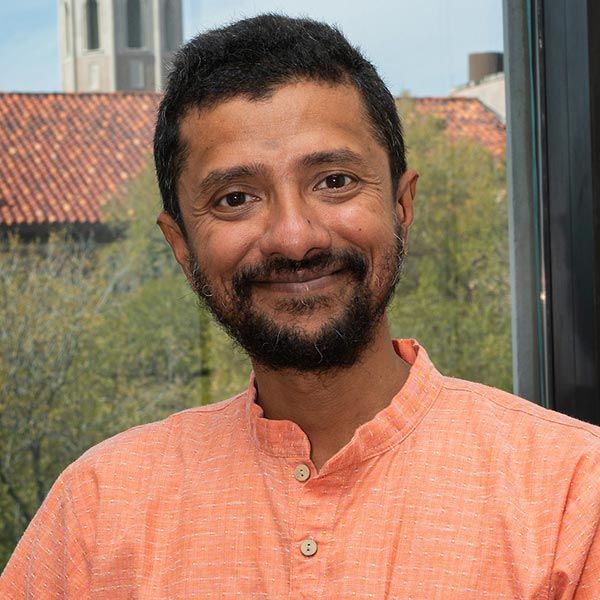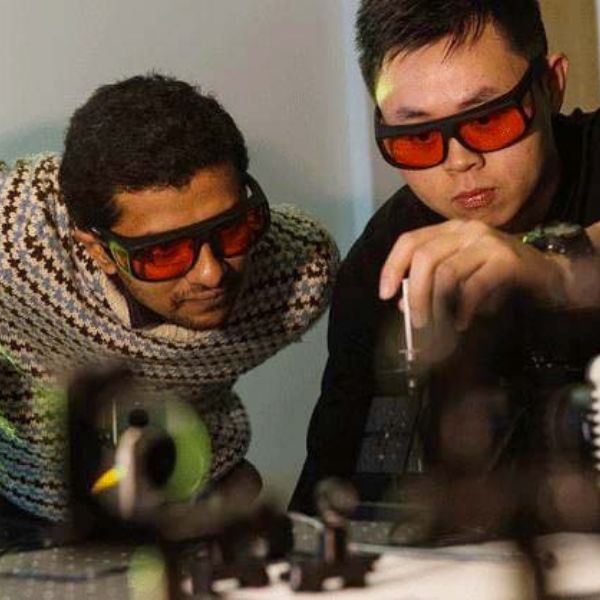Renowned computer engineer and esteemed professor of Indian descent, Dr. Ashok Veeraraghavan, has been bestowed with the revered Edith and Peter O'Donnell Award in engineering, a distinguished academic commendation highly regarded within the Texan academic circles.
Each year, this accolade is conferred upon exemplary researchers across the state who have demonstrated pioneering achievements in fields spanning medicine, engineering, biological sciences, physical sciences, and technological advancement.
Who Is Ashok Veeraraghavan?
Dr. Veeraraghavan, currently serving as a Professor in the Electrical and Computer Engineering Department at Rice University, boasts an impressive academic background. He earned his B.Tech. in electrical engineering from the esteemed Indian Institute of Technology, Madras in 2002, followed by his master's and Ph.D. from the Department of Electrical and Computer Engineering at the University of Maryland, College Park, in 2004 and 2008, respectively. Since he arrived at the ECE Department in 2010, Dr. Veeraraghavan has ascended the ranks, achieving the status of Associate Professor in 2017 and subsequently being elevated to the position of Professor in 2020.

Upon joining the ECE Department, Dr. Veeraraghavan swiftly garnered recognition for his groundbreaking work. Notably, he co-developed FlatCam, a revolutionary sensor chip adorned with a mask that effectively supplants traditional camera lenses. This innovation holds promise for various applications, from enhancing security and aiding in disaster relief efforts to facilitating the creation of flexible, wearable, and even disposable cameras.
ALSO READ| Top 10 Accidental Discoveries that changed the World
Edith and Peter O'Donnell Award Winner
the Texas Academy of Medicine, Engineering, Science, and Technology (TAMEST) honoured him with the prestigious Edith and Peter O'Donnell Award. This accolade celebrates emerging researchers in the state, and Dr. Veeraraghavan's selection was attributed to his pioneering efforts in developing imaging solutions aimed at rendering invisible phenomena visible. His research endeavours are focused on tackling imaging challenges posed by scenarios where conventional techniques falter due to light scattering in complex media, thus pushing the boundaries of what is visually attainable.

Speaking to PTI explaining its use, Veeraraghavan said, “One familiar example is when you're driving a car and it's foggy, so you can't see too far out. In this case, fog acts as the scattering medium. If you're doing satellite imaging, clouds can act as the scattering medium. And if you're doing biological imaging, it's skin that acts as the obscurant so you can't see blood cells or the structure of the vascular system, for example.”
ALSO READ| Scientists Develop the World’s First Graphene Semiconductor: Know the Details Here
ALSO READ| Priceless Discovery: Tantalum Deposits Found in the Sutlej River
Comments
All Comments (0)
Join the conversation